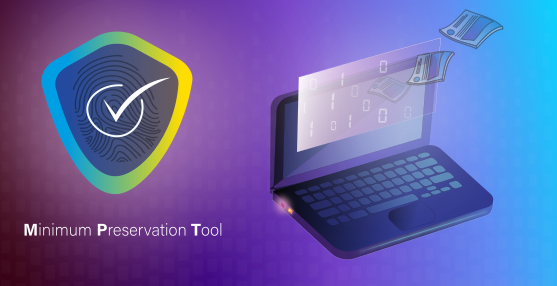Difference between revisions of "Minimum Preservation Tool"
m |
|||
| Line 27: | Line 27: | ||
== Development Activity == | == Development Activity == | ||
| − | https://github.com/britishlibrary/mpt | + | https://github.com/britishlibrary/mpt - Main site |
| + | https://github.com/anjackson/mpt/releases/tag/v1.1.6-UI - Experimental MPT user interface from @anjacks0n | ||
| + | |||
<!-- Provide *evidence* of development activity of the tool. For example, RSS feeds for code issues or commits. --> | <!-- Provide *evidence* of development activity of the tool. For example, RSS feeds for code issues or commits. --> | ||
<!-- Add the OpenHub.com ID for the tool, if known. --> | <!-- Add the OpenHub.com ID for the tool, if known. --> | ||
Revision as of 13:15, 11 November 2020
Description
The MPT was designed to make use of existing network storage and compute resources available at most institutions. It is intended to provide greater protection to digital content than a standard network storage offering. The key differences between an MPT solution and standard network storage are replication of content across two or more storage “nodes” and regular fixity checking (checksum validation) of all files on all nodes to help ensure content remains authentic and unchanged.
User Experiences
Introduction to the MPT https://www.dpconline.org/blog/minimum-preservation-tool-mpt
Development Activity
https://github.com/britishlibrary/mpt - Main site https://github.com/anjackson/mpt/releases/tag/v1.1.6-UI - Experimental MPT user interface from @anjacks0n
